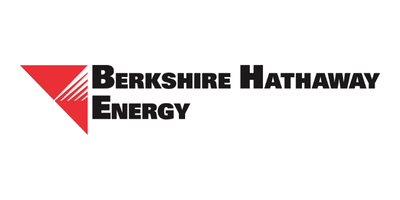The Customer
BERKSHIRE HATHAWAY ENERGY (BHE)
The Project
DekaFlow
Overview
Berkshire Hathaway Energy (BHE) is a oil and gas conglomerate managing assets across the entire O&G vertical. They recently acquired Dominion Energy for their pipelines and processing facilities. With the Dominion Energy purchase came the management and nominations software for those new assets. The existing software was outdated and subject to unfavorable licensing terms, and difficult to integrate with the existing BHE technologies. BHE approached Improving to modernize their legacy Java Swing app and move it to a cloud- native, React, and Java microservices architecture. The client’s business problem was to decouple themselves from Oracle’s licensing agreements and move into cloud-native technologies to increase uptime, reliability, and decrease downtime in the event of failure. The solution was to take their existing application and write it as a cloud-native microservice stack with modern technologies deployed in an Azure environment.
The Business Challenge
BHE had legacy Java Swing desktop apps with on-premises servers for all their back-end data in Oracle databases. They were trying to decouple themselves from Oracle’s licensing agreements and move into cloud-native technologies to increase uptime, reliability, and decrease downtime in the event of failure with regional and multi-region failovers. The challenge was to modernize their application and move it to a cloud-native, React, and Java microservices architecture.
Our Solution
The Improving team analyzed the legacy Java Swing app and migrated functionality to new microservices while maintaining data integration with the legacy systems. They also provided guidance on systems architectural design. The team used Kafka as the backbone messaging fabric, which helped move them towards microservices, event sourcing, and domain-driven design while consuming and providing data to the legacy systems. They also wrote first-class front-end websites using React and Websockets, allowing the front-end to interact with Kafka securely and efficiently.
Technologies Used
The Improving team used a variety of technologies to modernize the client’s application, including React, Java, Kafka, Terraform, and MongoDb, and MongoDb Atlas for full-text search.
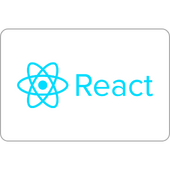
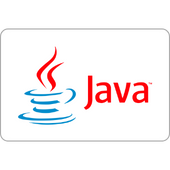
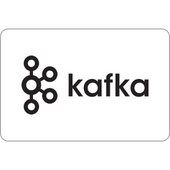
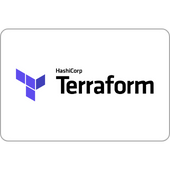


The Business Benefits
The client saw a significant improvement in their feature development life cycle. It was a lot faster to develop new features and iterate on existing ones. They were deploying two or three features per Sprint, whereas before it was much slower with release cycles and release management workflows to validate and release new features. The team successfully deployed 5 microservices into Azure serving the client’s multiple pipelines and a processing facilities. The client signed on with Kafka and Mongo as service provider partners, so they have support for that. The resources in Azure are developed and deployed via Terraform so they can spin up new environments as they need to. In case of failure, they can spin up a new environment within like 5 minutes.
Quantitative Results
The client saw a significant improvement in their feature development life cycle, which was rapidly improved. It was a lot faster to develop feature and deploy features.
Qualitative Benefits
The client experienced a lot of qualitative benefits, including a significant improvement in their feature development life cycle, which was rapidly improved. It was a lot faster to develop feature and deploy features.
Partnerships Used
The Improving team partnered with Mongo DB to provide their database needs for this project because they were doing a lot of that domain-driven design microservices. Where document databases work better and additionally partnered with Confluent to provide Kafka.
Lessons Learned
The Improving team learned several lessons during the project that could be helpful for future clients or internal teams. They found that simplicity is king, as simpler systems are often better and easier to maintain, even if they take longer to write. They also learned that building complexity, even if they’re trying to prove out technologies, they still need to deliver and follow their principles, their development principles. They found that pragmatism over optimism is essential, so when problems do arise, they need to address them early and aggressively.
Conclusion
In conclusion, Improving successfully modernized BHE’s legacy Java Swing app and moved it to a cloud-native, React, and Java microservices architecture. The client saw a significant improvement in their feature development life cycle, which was rapidly improved. They were deploying two or three features of Sprint, whereas before that was much slower release cycles and release management to create release features. The team successfully deployed 5 microservices into Azure across the client’s three pipelines and a processing facility that moves. The client signed on with Kafka and Mongo as service provider partners, so they have support for that. The deployables in Azure are developed and deployed the Azure infrastructure using Terraform so they can spin up new environments as they need to. In case of failure, they can spin up a new environment within like 5 minutes.
Get Started
Learn more about how Improving can help you get started by contacting us today at sales@improving.com.

